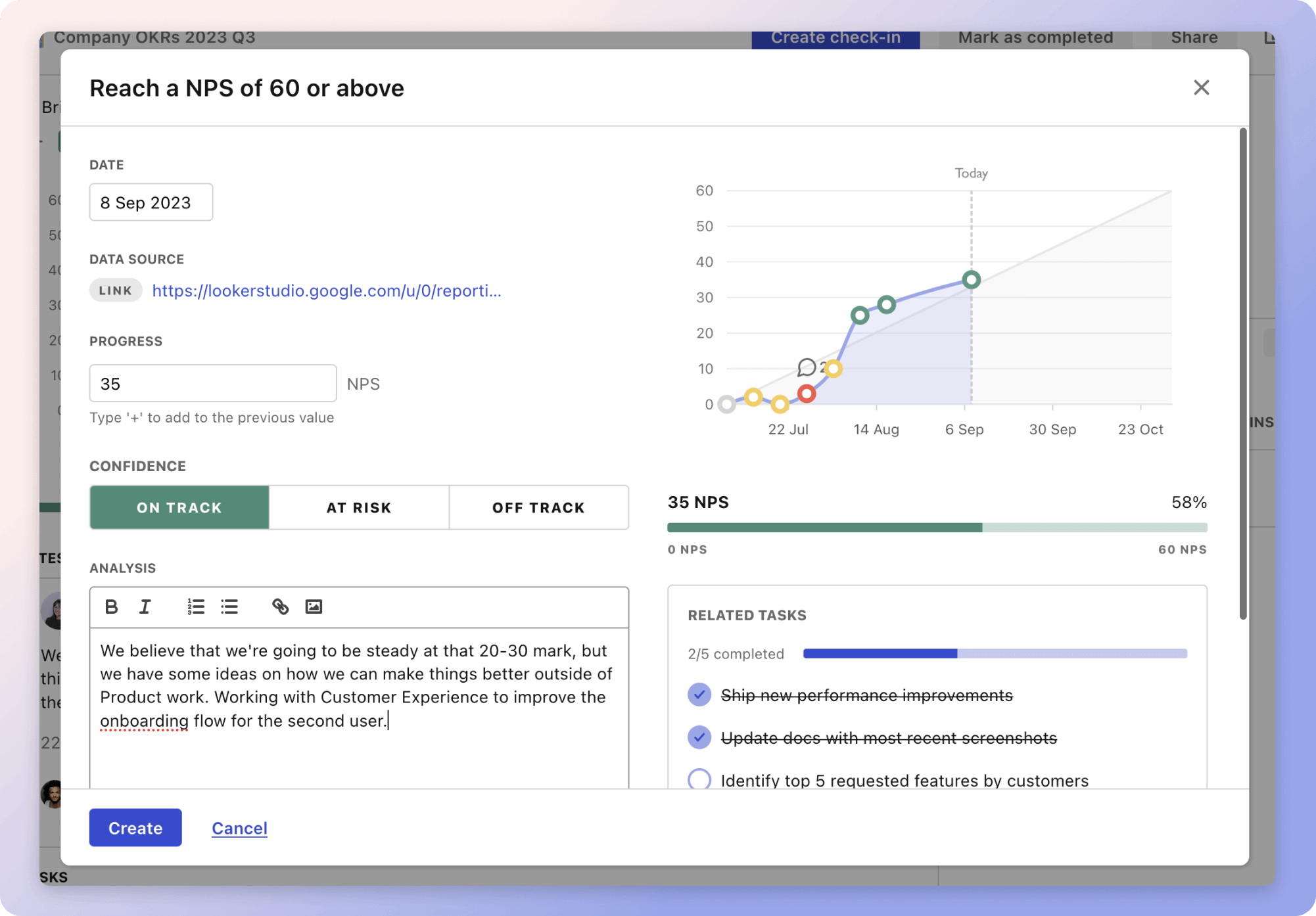The strategy outlined focuses on enhancing Environmental, Social, and Governance (ESG) ratings across a company and its sub-units. The primary objective is to create a roadmap that not only increases the ESG ratings for the parent company but ensures high ratings for sub-units through effective data sharing and cooperation. For instance, by engaging stakeholders and aligning sub-unit goals with the larger corporate strategy, the company can build a unified front that appeals to investors.
The strategy includes conducting a comprehensive ESG assessment to identify strengths, address gaps, and capitalize on opportunities. For example, an ESG watchdog group will monitor risks, while quarterly reviews will keep sustainability trends in focus. Furthermore, promoting inter-unit collaboration using a digital platform for data sharing can streamline communication, enhance metrics consistency, and ensure transparency. This holistic approach, combined with incentives, workshops, and recognition programs, aligns efforts internally to drive the company towards better ESG outcomes.
The strategies
⛳️ Strategy 1: Engage sub-units for buy-in and cooperation
- Organise initial meetings with key stakeholders from sub-units to discuss mutual benefits
- Develop a communication plan highlighting the importance of ESG ratings for attracting investors
- Create incentives for sub-units to engage in the ESG roadmap
- Promote success stories of high ESG ratings within sub-units
- Implement a feedback loop to ensure sub-units' voices are heard
- Conduct workshops to align sub-unit goals with the parent company's ESG strategy
- Facilitate an annual sub-units summit focused on ESG collaboration
- Launch a recognition program for sub-units demonstrating ESG leadership
- Allocate resources specifically aimed at sub-unit support for ESG initiatives
- Measure and report on the progress of sub-units’ involvement on a bi-annual basis
⛳️ Strategy 2: Identify existing strengths, gaps, and opportunities
- Conduct a comprehensive ESG assessment across all business units
- Analyse current ESG ratings and correlate them with business performance
- Identify key areas of ESG strengths within the organisation
- Highlight gaps in ESG practices and propose actionable improvements
- Identify external ESG benchmarks and best practices applicable to the company
- Develop a risk map highlighting potential ESG-related threats
- Map out the value chain to identify ESG opportunities and risks
- Create an ESG watchdog group to continuously monitor emerging risks
- Organise quarterly reviews to discuss sustainability trends and opportunities
- Establish an annual gap analysis report to track improvement and setbacks
⛳️ Strategy 3: Promote inter-unit collaboration and data sharing
- Set up a digital platform for seamless ESG data sharing among all business units
- Standardise ESG reporting metrics across sub-units to ensure consistency
- Provide training sessions on the benefits and usage of the data sharing platform
- Encourage cross-functional ESG task forces to drive collaborative projects
- Identify data champions in each sub-unit to facilitate inter-unit communication
- Develop a compliance framework to ensure data integrity and transparency
- Implement robust IT security measures to protect shared ESG data
- Monitor the utilisation of the platform to refine processes
- Include cooperation in ESG data sharing as part of the performance metric
- Establish bi-annual inter-unit meetings to foster a collaborative culture
Bringing accountability to your strategy
It's one thing to have a plan, it's another to stick to it. We hope that the examples above will help you get started with your own strategy, but we also know that it's easy to get lost in the day-to-day effort.
That's why we built Tability: to help you track your progress, keep your team aligned, and make sure you're always moving in the right direction.

Give it a try and see how it can help you bring accountability to your strategy.
